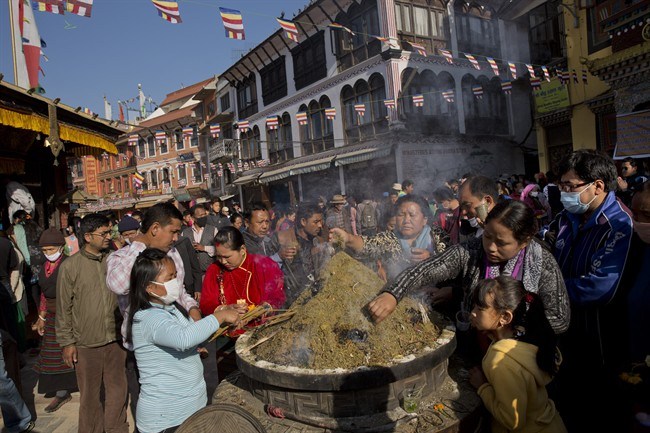Images of brick buildings crumbling in the recent Nepal earthquake have added extra urgency to efforts to prepare for the next big one along the B.C. coast.
The latest reminder of the hazard to B.C. came April 24, when a tremor centred in the ocean off Haida Gwaii registered 6.1 on the Richter scale. While too far from land and settlements to cause significant damage, it provided the first live test for the province’s new notification system for earthquake and tsunami zones.
“What took as much as 25 minutes in the past was down to 10 minutes,” said Pat Quealey, assistant deputy minister responsible for Emergency Management B.C. “And that’s significant when you consider that that now allows emergency program coordinators in at-risk communities to be able to initiate action and warn folks of the impending danger.”
Quealey, a former Canadian Forces officer responsible for disaster response in B.C., said the Nepal earthquake also demonstrates the need for individual and family preparedness to get through the first three days on their own after a major event.
In that crucial period, emergency services struggle with access to affected areas for lifesaving, and evaluation of damage to roads, airports and other infrastructure.
To help with earthquake kits and evacuation plans, the latest edition of the province’s Earthquake and Tsunami Smart Manual is available at the Emergency Management B.C. website, www.embc.gov.bc.ca, where people can also register to receive tsunami notifications by email.
During National Emergency Preparedness Week, the B.C. government’s “Quake Cottage,” a mobile simulator of a major event, is touring the Lower Mainland. Stops include:
• May 6, Coquitlam Centre, 11 a.m. to 7 p.m.
• May 7, White Rock fire hall, 8:30 a.m.-4:30 p.m.
• May 8, Minoru Park, Richmond, 11 a.m.-9 p.m.
May 9, Lynn Valley Village, North Vancouver, 10 a.m.-5 p.m.
For a video demonstration of the Quake Cottage, click here.
